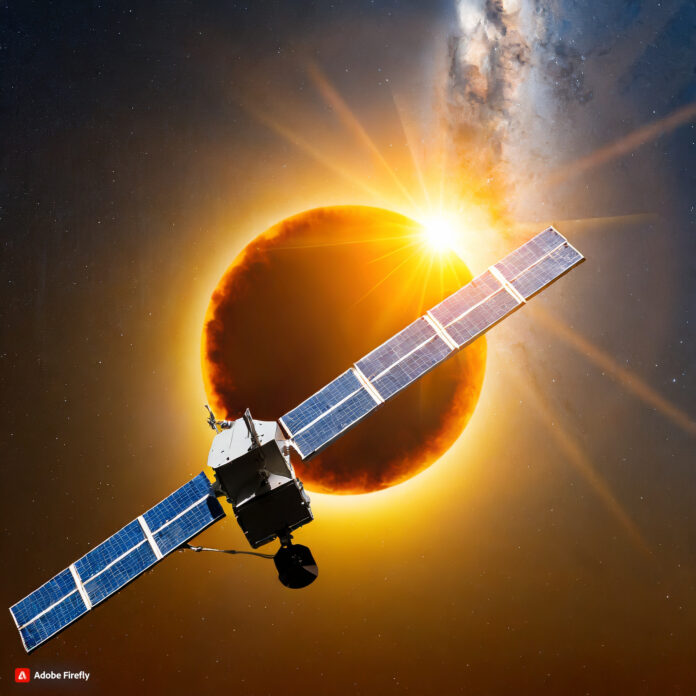ISRO has announced successful insertion of Aditya-L1 into Halo-Orbit. The successful Halo-Orbit Insertion (HOI) of the Aditya-L1 solar observatory spacecraft marks a significant milestone for the Indian Space Research Organisation (ISRO).
Executed on January 6, 2024, around 16:00 Hrs (IST), this intricate manoeuvre involved precise navigation and control to position the spacecraft into a periodic Halo orbit around the Sun-Earth Lagrange point L1.
Crafted and actualized at UR Rao Satellite Centre (URSC) with collaborative efforts from various ISRO centers, the Aditya-L1 carries payloads developed by Indian scientific laboratories, such as IIA, IUCAA, and ISRO. Launched on September 2, 2023, via PSLV-C57 from SDSC SHAR, the spacecraft initially entered an elliptical parking orbit (EPO) before embarking on its journey toward the Lagrange point.
The Aditya-L1 mission is dedicated to “Observing and understanding the chromospheric and coronal dynamics of the Sun” in a continuous manner.
Opting for a Halo orbit at L1 provides multiple advantages over a Low Earth Orbit (LEO), including a smooth Sun-spacecraft velocity change suitable for helioseismology, positioning outside Earth’s magnetosphere for “in situ” sampling of the solar wind and particles, and ensuring uninterrupted, continuous observation of the Sun with an unobstructed view of Earth for ground station communication.
Initiating as the spacecraft crossed the XZ plane in the Sun-Earth-L1 rotating system, the Halo orbit insertion process nullified the X and Z velocity components, achieving the required Y-velocity in the L1 rotating frame for the Halo orbit. The targeted parameters for Aditya-L1’s Halo orbit are Ax: 209200 km, Ay: 663200 km, and Az: 120000 km.
The success of the insertion was pivotal, involving constant monitoring and adjustments to the spacecraft’s speed and position using onboard thrusters. This accomplishment not only showcases ISRO’s expertise in complex orbital manoeuvres but also instills confidence in managing future interplanetary missions.
The Aditya-L1 spacecraft underwent a series of manoeuvres, including five liquid engine burns (LEB) during the Earth orbit phase, progressively raising the apogee of the elliptical parking orbit to achieve the desired trajectory. The fifth burn, known as the trans-L1 injection (TL1I) manoeuvre, was strategically designed to minimize velocity addition (ΔV) and limit perigee passes to reduce exposure to the Van Allen radiation belts. Two corrective burns, TCM-1 on October 5, 2023, and TCM-2 on December 14, 2023, addressed errors during the TL1I phase.
The entire mission, from launch to Halo-Orbit Insertion, spanned approximately 110 days, demonstrating meticulous planning and execution by ISRO for the successful journey of Aditya-L1 to its operational orbit for solar observation.
By- V Sharma


